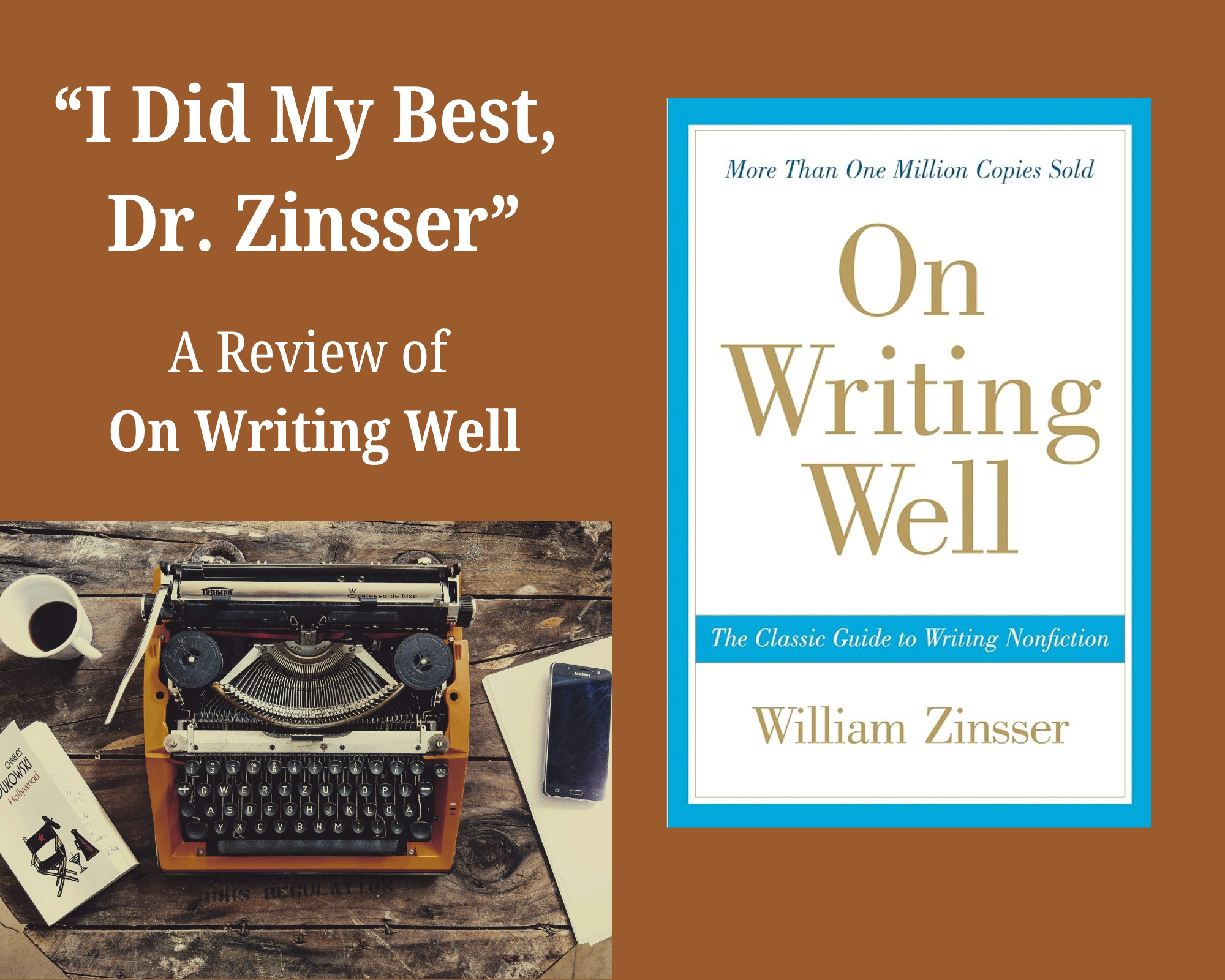For aspiring writers the “pub board meeting,” where book contracts are won and lost, is mysterious and even unnerving. “What goes on in there?” writers wonder. “What’s the conversation like?”
For over ten years I’ve been attending publishing board meetings in an acquisitions role for a large book publisher. I’ve learned to anticipate the most likely questions I will receive as I present book projects to the team.

If an author can address these questions compellingly, a publishing contract will be en route following the meeting. If not, the editor will send an email that includes that dreaded word “decline.”
In this article I present the top 3 questions publishers ask when reviewing a book project. I then offer several different versions of the question and some advice related to each.
Question #1: “Is This a Saleable Concept?”
In other words: Do we think this book has a natural readership? How big is that readership? Is this book scratching an itch that people in the marketplace really have? Is the working title clever enough to grab people’s attention?
What to do about it: Think of working titles and subtitles (I’m referring primarily to nonfiction books) as concept labels. Go through a rigorous process of brainstorming titles and subtitles. Brainstorm by yourself, then brainstorm with others. Finally, poll your friends to select and refine your title and subtitle.
Want to learn more about how to come up with a great book concept? I recently collaborated with an artist to design an infographic that breaks this process down in a simple, step-by-step presentation. Many people have found it useful. Click here to download the infographic.
Question #2: “What Is the Author’s Platform Like?”
In other words: How much can we depend on the author to bring exposure to his or her own book? If we sent the author 5,000 copies of her book, could she move them? Does the author seem to understand the importance of building a tribe? How has his tribe grown over a period of time already? What’s the author’s plan for continuing to grow his platform? How does the author intend to leverage her platform in support of the book? What kind of business partner will this author be?
What to do about it: Email, email, email. Focus on growing your email list. Solid tips for how to do this abound. For starters, see this post and this post.
Question #3: “How Good Is the Writing?”
In other words: Does this writing make me cry or laugh? Does it make me want to keep reading? Can I put it down?
What to do about it: I remember signing a second memoir with an author before the first one released, which normally we just don’t do. I told the author “Your writing is so stunning, you’ve rendered our usual defenses useless. We’re yours if you’ll have us.” So it does happen, though it’s rare.
Some of us have more natural writing talent than others, but regardless there’s no substitute for hard work. Writers: read well, then practice the B. I. C. method of honing your skill: Butt In Chair. (Want to tweet that?)
Here I love to point people to a short video/recording of Ira Glass from This American Life.
[reminder]Pick one of these three areas—concept, platform, or writing. What’s one thing you could do this week in that area to get closer to publication?[/reminder]





11 Responses
Great stuff that breaks up the confusion. If it was not for #3 I would have a chance;)
Ha! Well, you can hire an editor or writer to help you!
Thanks for a post that is helpful and satisfies my curiosity about what goes on behind those doors.
One question: You say they might ask “If we sent the author 5,000 copies of her book, could she move them?” I read this as hyperbolic, but in what sense, or to what degree, is this a literal scenario? How many physical copies might a publisher land on an author’s doorstep with the expectation of personal sales?
Well, 5,000 is not at all unheard of, but if all a traditional publisher is going to do is sell copies back to its authors, it might as well be honest and self-identify as a vanity press. The whole platform thing is about how good a business partner an author will be. Advances are investments. So are the costs associated with editorial work, marketing, paper, printing, binding, and so on. So the question is whether that investment will turn into a profit. One of our best gauges is an author’s platform. And I’ve found the “Can you move 5000 books?” question a quick way to help writers understand what I mean by platform. There are often much more strategic ways to move 5000 books than to sell them back to the author, but the question very quickly defines what we mean by “platform.” Hope this helps!
This summer I am focusing on the writing, but platform/tribe building is always in the back of my mind. I have some free ebook ideas that I would love to do to build an email list from.
Lisa, if you’re not already aware of it, Opt-In Skin is a great little plug-in to use for building your list. My advice is don’t spend to much time creating a freebie. Focus more on what it is your tribe really wants. Buyer’s Guides seem to be a hit. Knowing your emphasis on justice, you could do a guide on The Top 10 Products That Make The World a Better Place. If you need any help with this, just let me know.
Chad, Excellent post. I DO wonder what goes on behind those closed pub board doors. Being a lover of words, I appreciate #3 very much. Also, I wish I had developed an email list sooner or at least a newsletter. That does seem significant in building a readership. Better late than never, however…
I’d love to start pinning your posts to Pinterest. Is there a button for that here that I’m not seeing? If not, I’ll create a pin anyway. Thanks for your wisdom and time here!
Laura, yes! Better late than never for sure! I just added the “Pin It” feature to the Share bar per your request. Thanks for pinning!
Hi Chad – Great work on the infographic! It was interesting to me to see the title as part of the concept. I’ve always thought of the concept as what you are able to flush out in a sentence and then an overview in a proposal. This is the other side of the coin – what you are able to flush out for the reader in a few words!
I also was surprised and happy to see you hit on the email list as being of primary importance for platform. Social media numbers are so misleading, yet they have always seemed to be the sole focus of agents and publishers. Email list numbers can be misleading too, but they typically represent the much more loyal part of your readership (theoretically the best leads for selling your book eventually). Does your comment represent a shift that is starting to happen in the minds of publishers?
A few months ago I completely shifted my focus on my blog to be on email. I put the subscribe box at the top of my sidebar (to prioritize it over people becoming Facebook fans) and added a subscribe box to the bottom of all my posts. Whenever I reference connecting with my blog, I always specifically say it in connection with signing up for the email list. I’ve seen big results from this email focus!
Thanks, Natasha. It certainly represents a shift in my own focus–both as an acquisitions editor and as a platform builder. And yes, not all email lists are a like. Some are “warmer” than others, meaning it doesn’t do any good to have an email list if the people on that list don’t open them. This is why I’m actually happy to see people unsubscribe from my list. That means they’ve seen what I offer and have decided it’s not for them. That’s fine! They’re just making room for folks who are interested. Fun to see that you’ve shifted your focus in this direction too.
Glad to hear it! The open rate is definitely important. For me, the click rate is the most important. I cut off my posts in the email so if someone is going to read the whole thing, they have to click through (I do the cut after a compelling intro). Seeing how many people actually click through tells you who is actually reading your posts. It’s slightly more annoying for the subscriber to have to click through, but not sufficient to drive them away… and the information you get is invaluable. I’ve found that open rates tend to over around the same number no matter what your post is about, but click rates (“reading rates”) vary wildly. That’s where you can really see what people care about reading! If anyone is interested in setting that up, I use the “mPress Custom Feed Excerpts” plugin (free). It cuts your email feed wherever you insert the “more” tag in your WordPress posts.